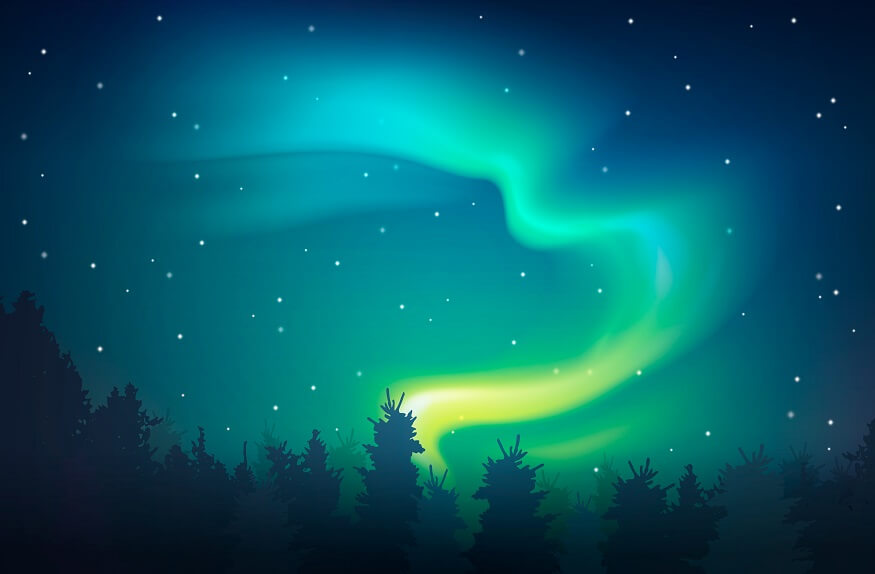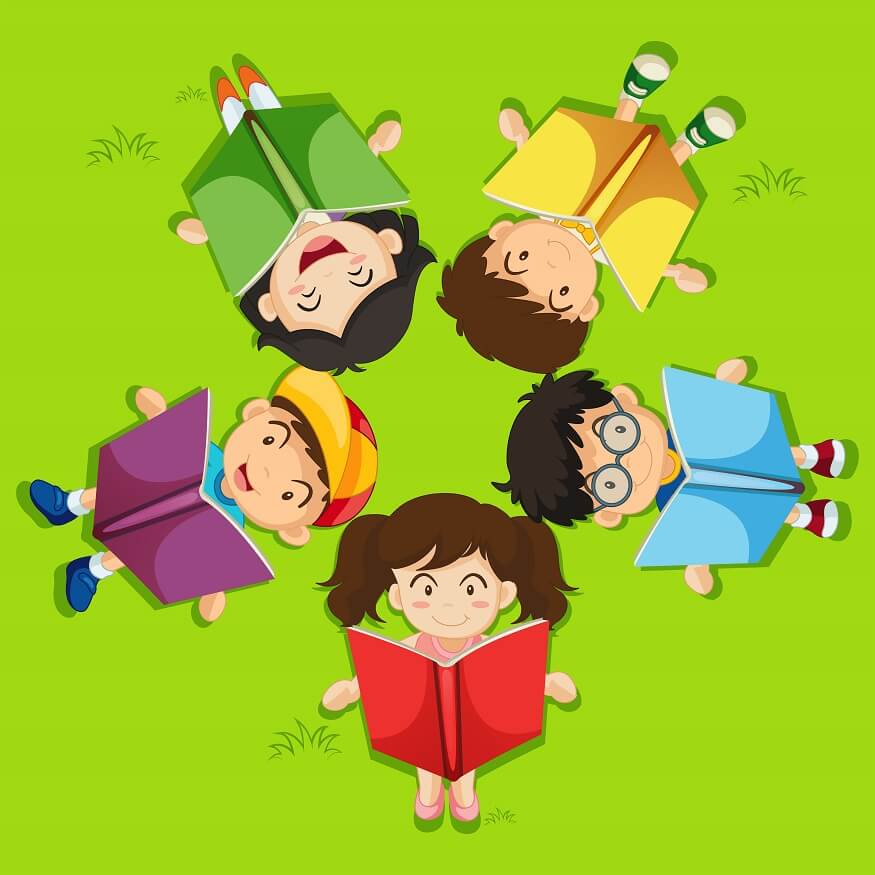The stunning Northern Lights are a wonderful sight, and for ages, painters and photographers have documented their magnificence. The lights can show up in a range of hues, such as red, pink, yellow, and green. Learn more about Northern Lights through reading about their history, legends, and mythology.
What are the Northern Lights?
The Aurora Borealis, or Northern Lights, are a type of natural lighting show that takes place in the arctic parts of the planet. They are the result of collisions between charged particles produced from the sun’s atmosphere and gaseous particles in the Earth’s atmosphere.
High-energy charged particles (also known as ions) that are released by the sun move from 300 to 1200 kilometres per second into space. Solar wind is the name given to a cloud of these particles. The solar wind blows these particles towards the Earth, while the magnetic field of the planet directs them towards the poles. They crash with oxygen, nitrogen, and other atoms and molecules in the ionosphere when they reach the upper atmosphere of the planet.
These collisions amplify the energy of those atoms. The atoms release their energy as light when they reach their usual energy state. The aurora is this light, which is typically produced at an altitude of more than 80 kilometres. Although they are mostly seen in the polar areas, they could be visible at lower latitudes occasionally when the sun is active.
Also Read: Science Stream Career Options after 10th & List of Courses after 12th
Aurora Borealis history through time
The Northern Lights, or Aurora Borealis, have been observed and documented by humans for thousands of years.
Ancient Times: The earliest references to the auroras can be found in cave paintings by prehistoric peoples, suggesting that the Stone Age populations were aware of these colourful displays. Chinese chronicles also refer to auroral displays and the ancient Greeks and Romans believed that these displays were omens or the light from the shields of the Valkyries – the mythical female warriors.
Middle Ages: The Northern Lights continued to be a source of awe and fear during the Middle Ages. Some interpreted them as a sign from God, others thought they were the spirits of the dead.
Renaissance: As the scientific method became more widespread during the Renaissance, people started to postulate more naturalistic explanations for the Northern Lights. Galileo Galilei is credited with giving the phenomenon the name “Aurora Borealis” in the 17th century, after Aurora, the Roman goddess of morning. He mistakenly thought the lights were due to sunlight reflecting from the atmosphere.
19th Century: In the 19th century, the Norwegian scientist Kristian Birkeland proposed one of the first serious scientific hypotheses about why auroras occur. He suggested that the Earth’s magnetic field was involved, and he conducted experiments that showed electrons could be steered by magnetic fields, thus creating an artificial aurora.
20th Century: Significant progress was made in aurora study over the 20th century. Satellite technology helped demonstrate that auroras were created by solar particles hitting with the Earth’s atmosphere by enabling scientists to analyse the Earth’s magnetosphere in more detail. This marked a significant advancement in our knowledge of the Earth’s magnetic field and its interaction with the Sun.
21st Century: In order to comprehend the Earth’s magnetic field and the interactions between the Sun and Earth, scientists are still investigating the Northern Lights today. Our understanding of space weather, which can affect satellite communications and other technologies, will be affected by the findings of these investigations.
The aurora borealis, through history, has transitioned from mystical portent to scientific curiosity. Their history is a fascinating blend of cultural interpretation and scientific discovery, reflecting our changing understanding of the world and the universe around us.
Also Read: Tips To Get Children Interested In Space Science
Legends of Northern Lights
The Northern Lights, or Aurora Borealis, have inspired a wealth of folklore and mythology over the centuries, particularly among the peoples of the Arctic regions. Here are a few examples:
Inuit Legends: Inuit peoples have several different legends about the Northern Lights. One common belief among some Inuit cultures is that the lights are spirits of their ancestors playing a game with a walrus skull as the ball. Another Inuit legend sees the lights as the spirits of animals they have hunted: seals, salmon, deer, and beluga whales.
Norse Legends: The Vikings of Scandinavia saw the lights as the Bifröst bridge that leads those fallen in battle to the warriors’ final resting place in Valhalla. Another Norse legend suggests the lights are reflections off the shields of the Valkyries, warrior maidens who carry fallen warriors to Valhalla.
Sami Legends: The indigenous Sami people in Scandinavia believed the lights were the energies of the souls of the departed. They had a lot of respect for these lights and even feared them a bit; it was thought that one should behave respectfully and quietly when the lights were visible. Some even believed that whistling under the Northern Lights could cause them to swoop down and take you away.
Finnish Legends: The Finnish name for the lights, “revontulet,” translates to “fox fires.” According to legend, an arctic fox in the north was said to run so fast that its tail caused sparks to fly into the night sky, creating the Northern Lights.
Algonquin Legends: In North America, the Algonquin people believed that Nanahbozho, their creator, had lit the Northern Lights as a fire to remind them of his benevolence. The lights were a reflection of the great fires he built for them on the northern edges of their land.
Russian Legends: Some Russian folklore associated the Northern Lights with births, believing that the lights would appear in the sky when a significant person was born or about to be born.
These legends underscore the sense of awe and mysticism the Northern Lights have inspired throughout human history. While we now understand the scientific reasons behind this stunning natural phenomenon, its beauty continues to inspire and captivate those who witness it.
Also Read: Importance and Facts of Physics in Our Daily Lives
EuroSchool enhances kids’ ability to comprehend geography and the aurora borealis. Students can benefit from having this information by becoming more informed global citizens and by pursuing employment in industries like tourism, science, and education.










